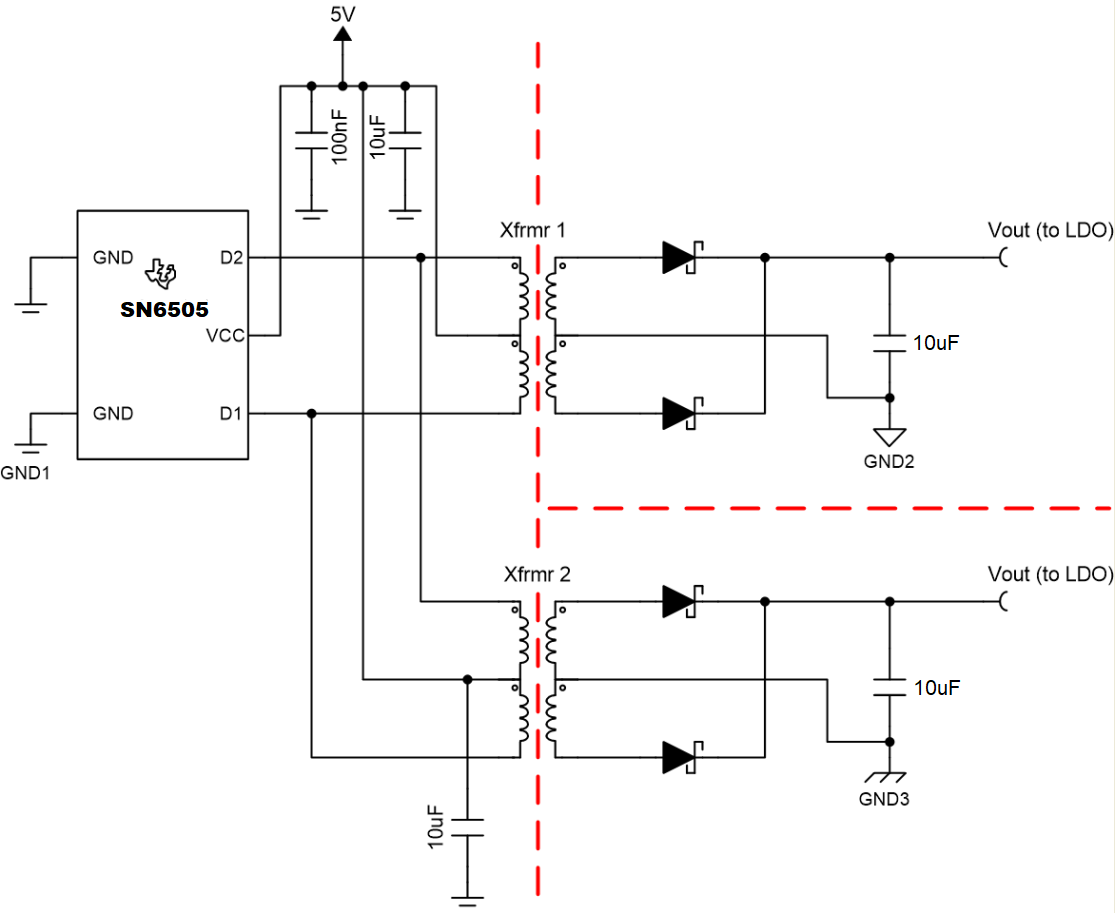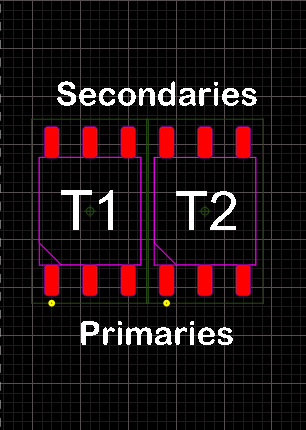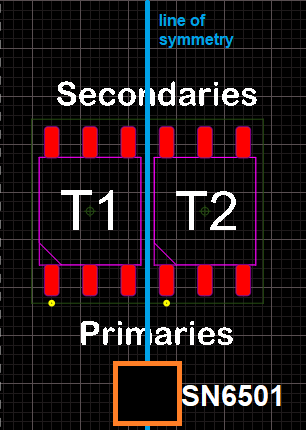Other Parts Discussed in Thread: SN6505B, SN6505A
Hi there, I have a question regarding the SN6501 push-pull driver and a question about driving isolation pulse transformers in general (!) In theory could I drive two transformers in parallel with the SN6501? As long as the overall current draw was within spec and both transformers had suitable rated current/sat current/V-t product specs? This would allow me to generate two separate isolated supplies with minimal real estate, which would be very useful.
Many thanks,
Dave






